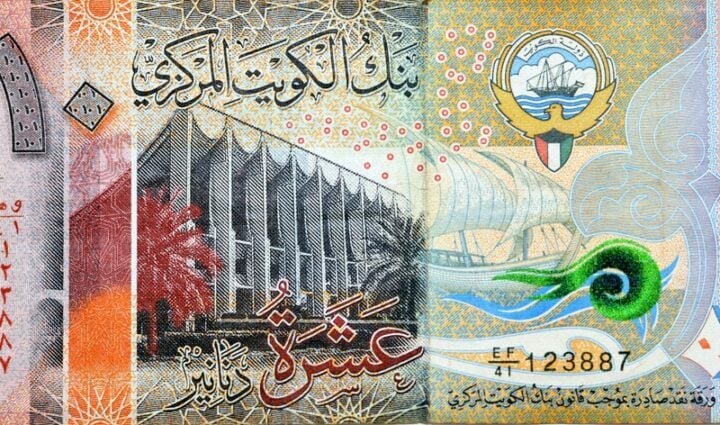S&P Global Ratings assumes that the operating environment for banks in Kuwait will improve in 2022 thanks to higher oil prices and continued recovery from the pandemic.
However, some constraints persist. The Kuwaiti government’s fiscal funding strategy remains uncertain, considering that the debt law has yet to be adopted. What’s more, the government’s key liquidity buffer, the General Reserve Fund (GRF), has diminished substantially.
Across the Kuwaiti banking sector, nonperforming loans (NPLs) were low entering the pandemic in 2020. Banks’ high provisioning buffers allowed them to write off exposures with manageable adverse effects on earnings and asset quality. We now expect NPLs and cost of risk (CoR) to gradually normalize on the back of a more supportive economic environment. We also expect that higher interest rates will support banks’ profitability. That said, structurally high exposure to real estate and construction (almost 30% of banks’ lending) continues to be a key risk.
Funding conditions
Funding conditions remain favorable in Kuwait, underpinned by stable deposits from the retail sector and government-related entities (GREs). It remains to be seen if the increase in interest rates will cause some migration from non-interest-bearing deposits to remunerated products. Furthermore, we see some improvement in banks’ reporting. That said, data quality and transparency continue to lag international standards.
S&P’s Banking Industry Country Risk Assessment (BICRA) on Kuwait remains in group ‘4’ (on a scale of 1-10, with ’10’ signifying the highest risk). Its starting point for rating Kuwaiti banks is still ‘bbb’.
Banks’ exposure to real estate
Banks’ total exposure to real estate and construction was about 30% of total lending at end-2021. We understand that part of this exposure is to companies with diversified income streams. S&P, therefore, expects NPL formation to taper off. We forecast a slight reduction in the NPL ratio over the next 12-24 months and a stable CoR at about 100 basis points (bps)–some of the provisions taken in Kuwait are mechanical as per the central bank rules. This is below the 1.4% CoR in 2020 and is comparable to 0.9% in 2021. High provision buffers will allow banks to maintain a broadly stable ratio by writing off their stock of NPLs whenever new ones emerge.
What underpins Kuwaiti banks’ recovery?
The macroeconomic outlook, higher oil prices, and rising interest rates are smoothening the recovery path for Kuwaiti banks. We expect earnings to fully recover in 2022, supported by higher margins since banks’ balance sheets are geared toward rising interest rates and lower credit charges. Based on disclosures from banks (controlling 50% local market share) that report this sensitivity, for every 100 bps increase in rates, they see a 25% increase in their net income on average and assuming a parallel shift in the yield curve. Although we expect the actual effect to be lower–since it is unlikely that all the rate increase is passed to clients and some deposits could migrate–the trend is clearly positive, in our view.
Where do you Kuwaiti banks stand in the cycle?
The sector NPL ratio peaked at 2.7% in September 2020 then dropped to 2% at end-2021. We observed a similar trend in 2021 although the extent of increase was lower; the ratio reached 2.3% in the second quarter before sliding to 2.0% in December. Similarly, CoR halved in 2021 to 90 bps from 140 bps at end-2020. We believe this indicates that banks do not anticipate a significant deterioration in asset quality. This, together with a more supportive economic environment, suggests that the banking system is recovering following the real estate price correction a few years ago.
Local deposits support sector financing
The sector’s funding profile is supported by a strong local deposit base, estimating retail deposits contributed more than 40% of total deposits at end-2021. Banks were in a net external asset position of 14% of domestic lending at the end of last year.
Political dispute may affect the ratings of Kuwaiti banks
Standard & Poor’s has a negative outlook for two banks in Kuwait; This mainly reflects its negative outlook on the sovereign credit rating. This is related to the government’s willingness and ability to provide financial support.








